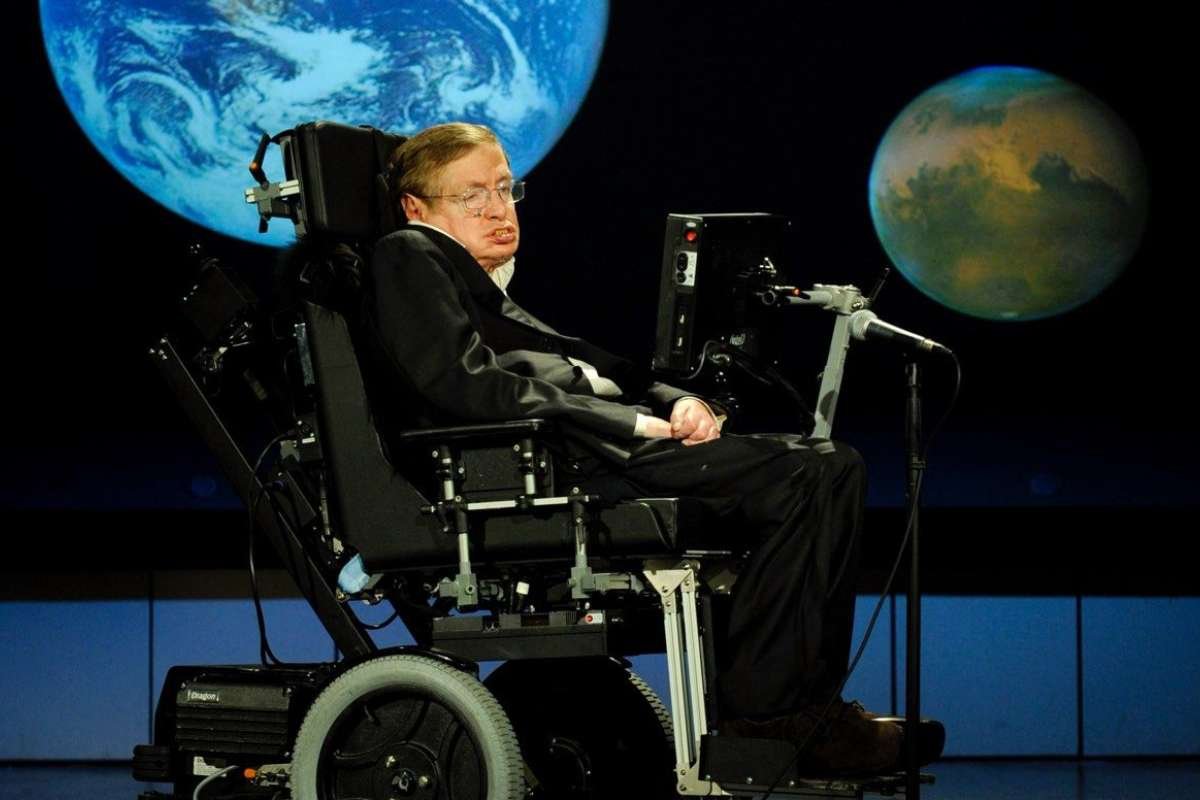The possibility of human extinction has long intrigued scientists, and few figures captured the public’s imagination on this topic like renowned physicist Stephen Hawking prediction. Before his passing in 2018, Hawking issued a stark warning about Earth’s fate, predicting that by the year 2600, our planet could transform into a “giant fireball.” He shared this vision during a 2017 presentation at the Tencent WE Summit in Beijing, basing his conclusions on data-driven insights into resource depletion, unchecked population growth, and environmental degradation.
According to Hawking, continued human expansion would lead to unsustainable living conditions, envisioning a future where the Earth’s surface becomes so densely populated that people would stand “shoulder to shoulder.” This alarming scenario emphasized the urgent need for humanity to seek new homes beyond Earth. Hawking prediction offered a timeline—around 575 years—for this planetary transformation, urging proactive space exploration and colonization to prevent extinction.
NASA Weighs In: A Shared Concern for Earth’s Sustainability
While NASA has not confirmed the exact timeline of 2600, the agency has echoed many of Hawking’s environmental concerns. In late 2024, NASA acknowledged the relevance of his warnings, noting that the current trajectory of unchecked resource consumption could lead to ecological collapse sooner than expected. “For over 50 years, NASA has studied our planet… addressing some of the areas mentioned by Hawking,” the agency noted, emphasizing the overlap between their research and his projections.
NASA’s climate studies—from melting glaciers to ancient environmental changes—further underscore the urgency. Recent findings, such as 6,000-year-old trees emerging from melting ice, highlight dramatic shifts in Earth’s climate. These phenomena not only validate scientific predictions but also demonstrate how the planet’s natural systems are already destabilizing. Such discoveries support the notion that humanity may face a faster countdown to crisis than Hawking prediction initially projected.
Historical events also remind us of how quickly civilizations can unravel. A recently unearthed 2,000-year-old tax fraud case shows that even advanced societies are susceptible to collapse under sustained pressures—be they economic, political, or environmental.
A Call for Interplanetary Expansion
To safeguard against future extinction, Hawking strongly advocated for interplanetary colonization. He championed projects like the Breakthrough Starshot initiative, launched in 2016, which aims to send ultra-fast mini-probes to neighboring star systems. These high-speed probes, capable of traveling at up to 15,000 kilometers per second, are designed to search for habitable planets that could host human life.
Hawking prediction viewed space colonization not just as an aspiration, but as a necessity. He believed events such as environmental catastrophe, asteroid impacts, or pandemics could swiftly end life on Earth—just as sudden extinction has occurred for other species, like the recently discovered 50,000-year-old baby mammoth preserved in permafrost.
Meanwhile, NASA continues its exploration of Mars and other celestial bodies as part of its long-term vision for human settlement beyond Earth. At the same time, discoveries like the reappearance of rare species in Earth’s forests serve as a poignant reminder of the biodiversity we must strive to preserve, even as we look to the stars.
The convergence of Hawking prediction foresight and NASA’s scientific validation sends a clear message: humanity must act decisively. Balancing planetary preservation with a bold push for space exploration may be the only way to ensure our long-term survival.







